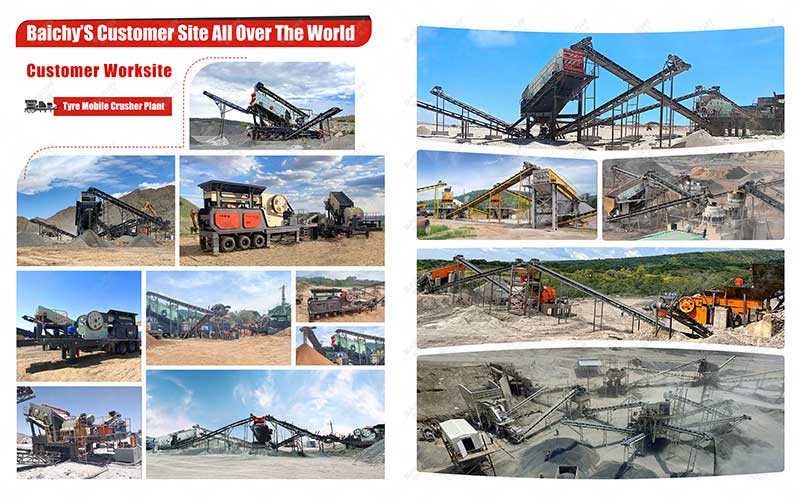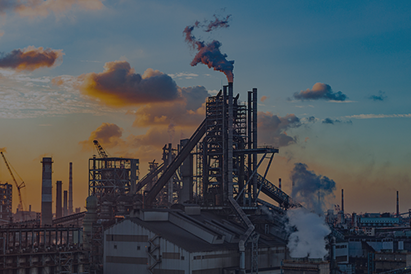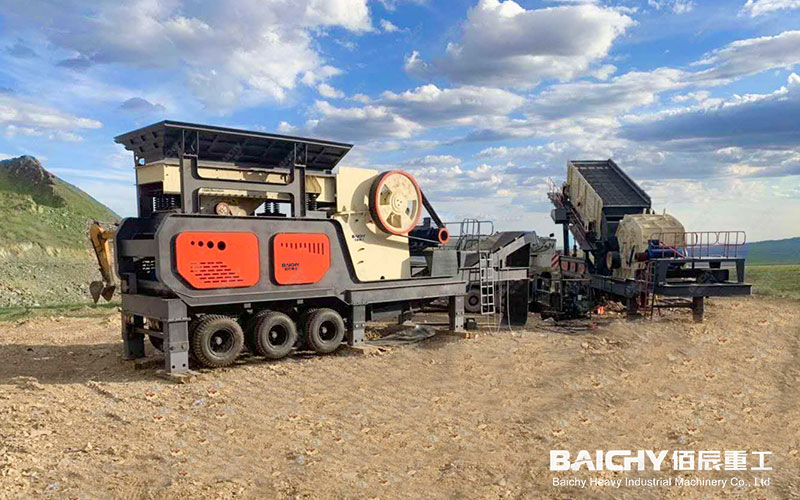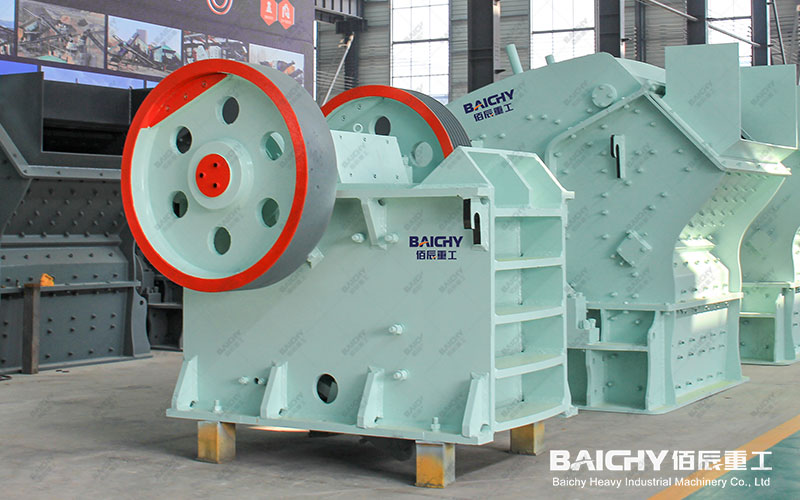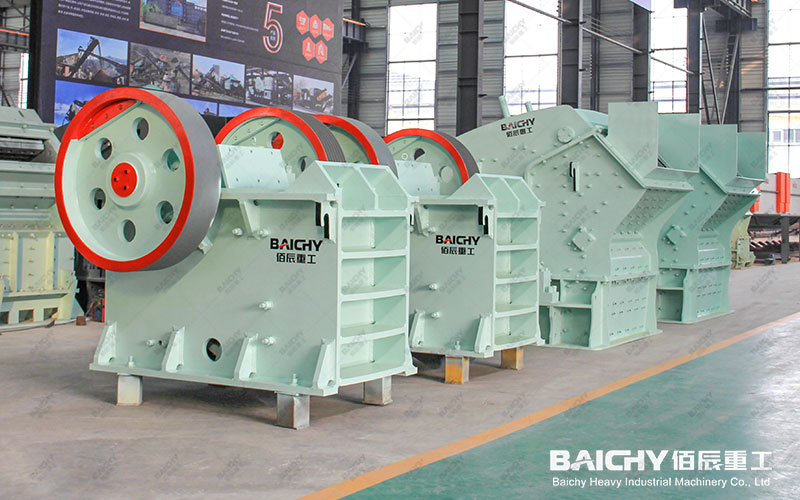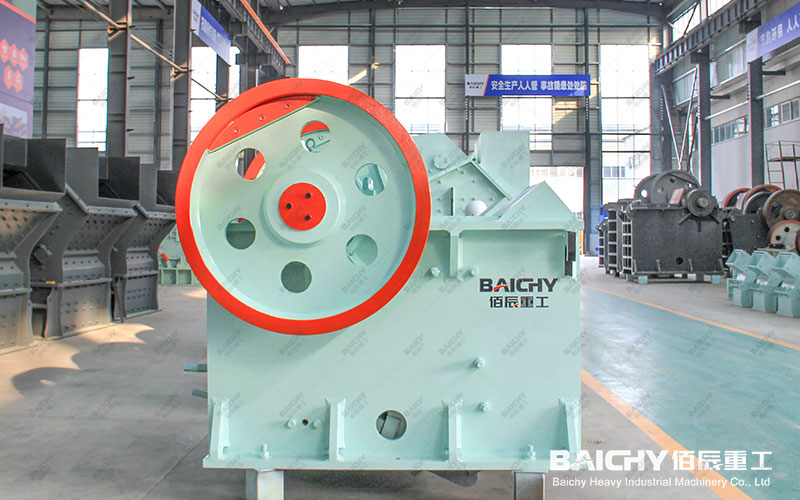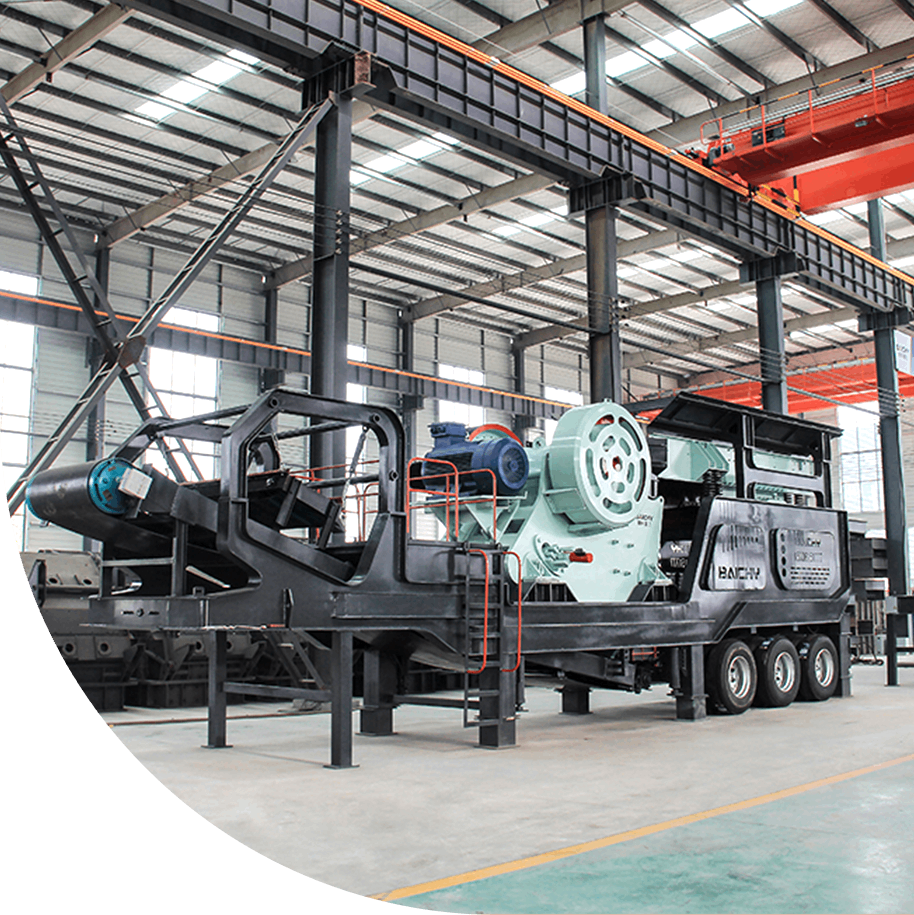1. What is limestone aggregate?
Simply put, it is a granular material with a specific particle size obtained by mechanically crushing and screening limestone ore. It is primarily used in the preparation of concrete, asphalt mixtures, and roadbed materials.
• Sand: Generally refers to particles with a particle size less than 4.75mm.
• Stone (aggregate): Generally refers to particles with a particle size greater than 4.75mm. It is further pided into "gravel" (such as 5-10mm, 10-20mm, and 16-31.5mm) and "manufactured sand."
2. Advantages of limestone as a sand and gravel aggregate
1. Wide availability: Limestone is one of the most common rocks on Earth, widely distributed and easily mined.
2. Moderate hardness and ease of processing: Limestone's Mohs hardness is generally around 3, making it easily crushable. This means relatively little wear on crushing equipment, low energy consumption, and competitive production costs.
3. Good Particle Shape: Compared to some hard, brittle rocks (such as granite), limestone typically has a finer particle shape after crushing, with a relatively low content of needle-like flakes, which improves the workability of concrete.
4. Good Bonding with Cement: Limestone, primarily composed of calcium carbonate (CaCO₃), undergoes a weak chemical reaction with cement hydration products to form hydrated calcium carbonate aluminate, which helps improve the structure of the cement paste and enhance the early strength and durability of concrete.
5. Utilization of Stone Powder: Limestone powder (particle size less than 0.075mm) produced during the crushing process can be used as a mineral admixture, partially replacing cement, reducing concrete costs while improving certain properties.
III. Potential Disadvantages of Limestone as a Sand and Gravel Aggregate
1. Relatively Low Hardness: For high-grade concrete (e.g., C60 and above) or projects requiring extremely high wear resistance (such as highway surface layers), its hardness and wear resistance may not be as good as those of harder rocks like basalt and granite.
2. Poor acid corrosion resistance: Calcium carbonate reacts with acidic substances. Therefore, limestone aggregate is not suitable for areas with long-term exposure to acidic environments or severe acid rain.
3. Potential risk of alkali-aggregate reaction: Although the risk is much lower than with some siliceous aggregates (such as opal and chalcedony), if limestone contains impurities such as microcrystalline quartz, it may still react harmfully with the alkali in cement under certain conditions, causing concrete cracking. However, this usually requires professional identification.
IV. Production Process of Limestone Sand and Gravel Aggregates
Modern sand and gravel aggregate production lines typically use a closed-circuit process combining multi-stage crushing and multi-stage screening to ensure that particle shape and gradation meet standards.
The typical process is as follows:
1. Blasting: Drilling and blasting are performed in the mine to obtain large limestone ore.
2. Primary Crushing: The ore is evenly fed by a vibrating feeder into a jaw crusher for primary crushing, reducing large lumps to approximately 200 mm.
3. Secondary Crushing: After primary crushing, the material is conveyed via a belt conveyor to a cone crusher or impact crusher for secondary crushing, reducing it to less than 60mm.
◦ Cone crusher: More suitable for high-hardness materials, it offers excellent wear resistance, but produces slightly poorer particle shape.
◦ Impact crusher: It utilizes impact energy to crush, resulting in a well-shaped finished product, but wear parts wear more quickly. Impact crushers are widely used for medium-hard materials such as limestone.
4. Screening: After secondary crushing, the material is screened by a vibrating screen. Finished aggregate that meets specifications is separated; oversized material returns to the secondary crushing equipment for further crushing (forming a closed circuit); smaller material enters the sand making process.
5. Sand Making (Shaping): When manufactured sand is required, the smaller material after screening is fed to a vertical shaft impact crusher (sand making machine). Using the "rock-on-rock" or "rock-on-iron" principle, the material is crushed, shaped, and ground to produce high-quality manufactured sand with a well-graded structure.
6. Screening and Cleaning (Optional): The material discharged from the sand making machine is screened again to produce machine-made sand of varying specifications. If a high mud content is required (e.g., for high-grade concrete), a sand washer can be added for cleaning.
7. Finished Product Storage Yard: Sand and stone aggregates of various specifications are transported by conveyor belts to different finished product storage yards for storage or loading onto trucks for shipment.
V. Main Application Areas
1. Concrete: This is the largest application area, used in all reinforced concrete structures such as buildings, bridges, and dams.
2. Asphalt Concrete: Used for paving highways and municipal roads.
3. Foundation Backfill and Roadbed Material: Used as the subgrade layer for highways and railways.
4. Precast Components: Cement pipes, cement bricks, curbstones, etc.
5. Mortar: Used as a fine aggregate in masonry and finishing mortars.
VI. Quality Requirements and Standards
The quality of limestone aggregates must comply with national or industry standards, such as China's GB/T 14685-2022 "Pebbles and Crushed Stone for Construction" and GB/T 14684-2022 "Sand for Construction." Key control indicators include:
• Particle gradation: The distribution of particles of varying particle sizes is a key factor influencing the workability of concrete.
• Needle-shaped particle content: This affects the fluidity and strength of concrete.
• Mud and mud block content: These are detrimental to the strength and durability of concrete and require strict control.
• Crushing index: This measures the aggregate's ability to resist crushing, indirectly reflecting its strength.
• Durability: This measures the aggregate's ability to withstand weathering in environments such as freeze-thaw and chemical attack.
• Hazardous substance content: This includes organic matter, sulfides, and sulfates.
VII. Market and Development Trends
• Green and environmental protection: With increasingly stringent environmental protection requirements, the sand and gravel aggregate industry is moving towards green mines and smart factories. Production lines must be fully enclosed and equipped with efficient dust removal and wastewater treatment systems to achieve clean production.
• Industrial chain expansion: Large enterprises are no longer solely producing sand and gravel, but are expanding into downstream industries such as commercial concrete and precast components, forming an integrated business model.
• Manufactured sand replaces natural sand: Due to the depletion and mining ban of natural river sand resources, high-quality manufactured sand produced from limestone has become the absolute mainstream, effectively protecting river ecosystems.
Limestone is an ideal sand and gravel aggregate raw material with balanced properties and economical practicality. Despite limitations in hardness and acid resistance, its widespread distribution, easy processability, fine particle shape, and good compatibility with cement have given it a dominant position in the sand and gravel market. Modern limestone aggregate processing lines have become an indispensable component supporting national infrastructure development.
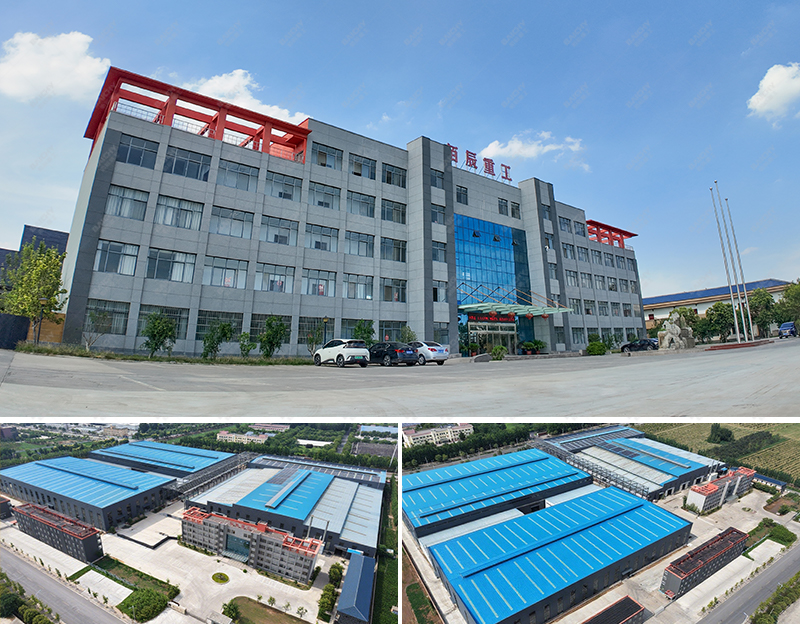
Baichy Heavy Industry – Your Trusted Partner for Seamless Equipment Operation
To ensure optimal performance of your equipment, Baichy Heavy Industry offers:
- Professional on-site installation guidance
- Comprehensive operator training
- 24/7 technical support & maintenance services
Our complete after-sales service system guarantees long-term, stable operation of your machinery with minimal downtime.
Protect Your Rights – Only Use Official Channels
To avoid scams and ensure authentic support, contact us exclusively through:
• Official Website: www.baichychina.com
• WhatsApp: +8615093222637
• Email: [email protected]
Your satisfaction is our priority – expect prompt, professional service every time.
(Note: Beware of unauthorized third parties claiming to represent Baichy. Always verify through official contacts.)
